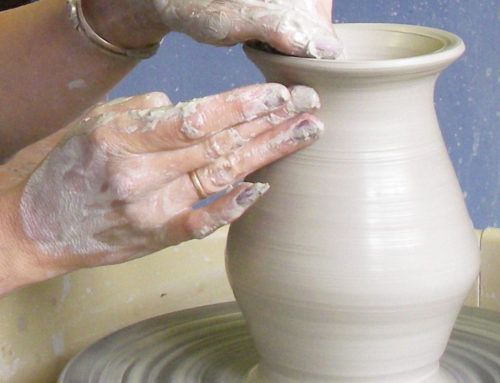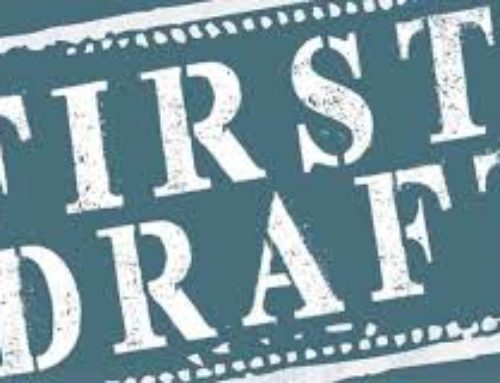Here’s the second installment in a series of posts I’m doing on character development/exploration:
Once you’ve formulated a workable idea for a script—a framework for your story, a point of reference, a strategy for the tale’s telling—it’s time to expand it into a bigger and richer dramatic field, to dig deeper into the possibilities you’ve sketched out and discover what you really have to work with.
In other words, I’m suggesting that the next step in the scriptwriting process is to explore the “stuff” that makes up your idea–the people involved. Who are they, what has shaped them, what makes them do the things they do? Where do their stories really start? What stories do they want to tell? This is where the real work begins, work that will largely determine not only what script you’ll end up writing, but how alive and dramatically engaging it will be.
The exercises I’m offering here will hopefully give you some tools for getting to know your characters intimately and thoroughly early on–an absolutely essential step if you ever hope to write something that comes fully to life. For let’s face it, the power and richness behind all story ideas depends on you, the writer, knowing everything about your characters–their hopes and dreams and fears, their pasts, their secrets.
It’s my contention that this knowledge has to go way beyond what you now think might be relevant to your immediate story. You have to embrace them as living, breathing human beings with rich, full histories, free from the bondage of your idea. Edward Albee, the three-time Pulitzer Prize-winning playwright told me that writers “must invent the life of their characters before the play and after the play and they should know how a character is going to respond in a situation that will not be in the play.”
I totally agree. It’s only when you know your characters completely, from the inside out and from the “present” of your story and back through their lives, that your idea has the possibility of taking on exciting dramatic shape and your writing a life of its own.
I’m suggesting that each of your major characters, as you now think they would be at the start of your script, should at this early point in the process become the subject of a basic sketch in words that I call the short-form biography. Don’t worry that your exact story starting point is still uncertain. It’s too early to be locked in on a precise time frame anyway, so just go with your strongest hunch at this point.
The short-form biography involves creating a cursory, beginning picture of who your characters are as people by looking at them from three different angles: 1) what they look like physically, 2) how they relate and fit into the world around them (their external world), and 3) what’s going on inside their heads and hearts (their internal world).
My next post will begin to lay out the specifics of this approach to character exploration.






Leave A Comment